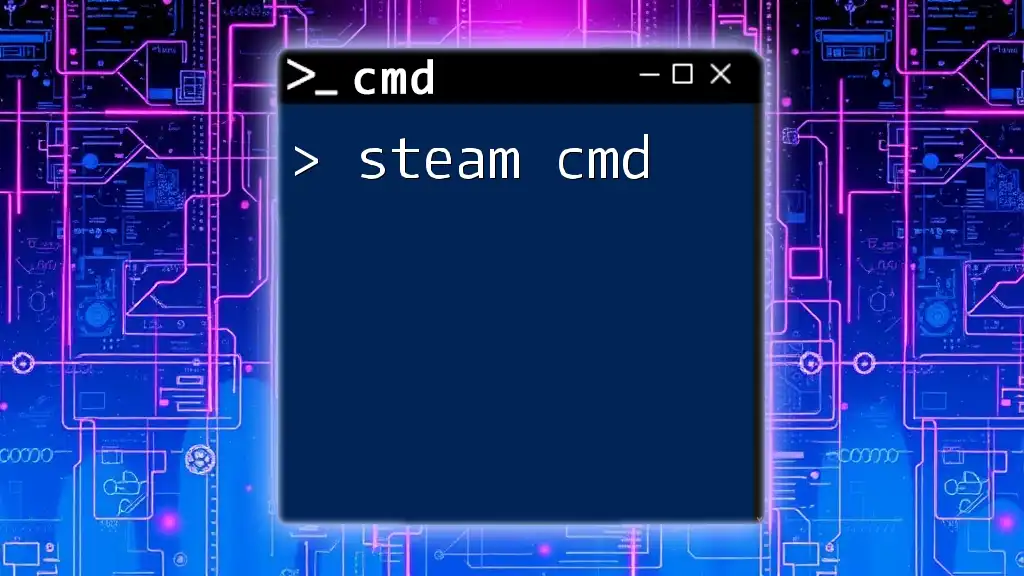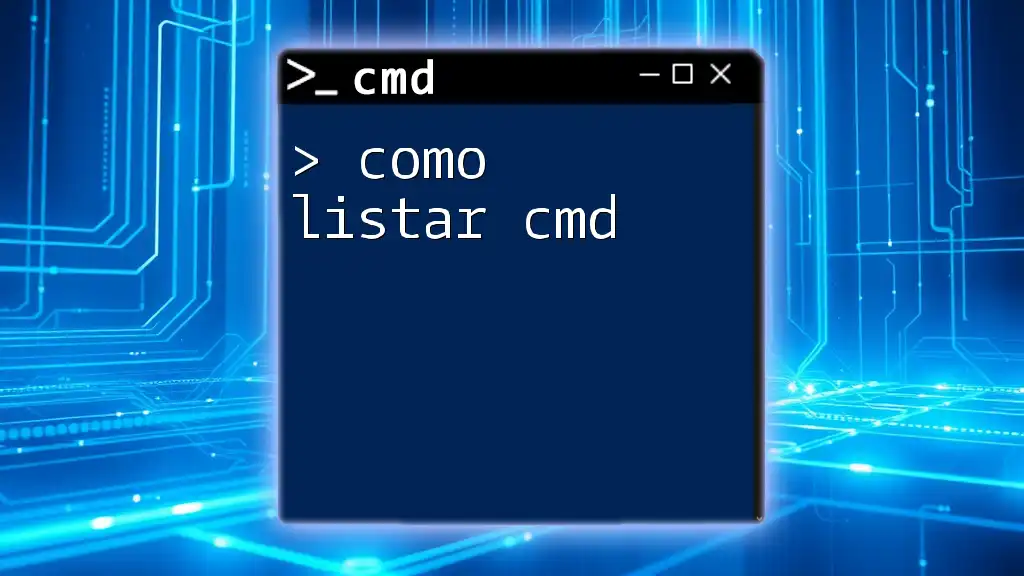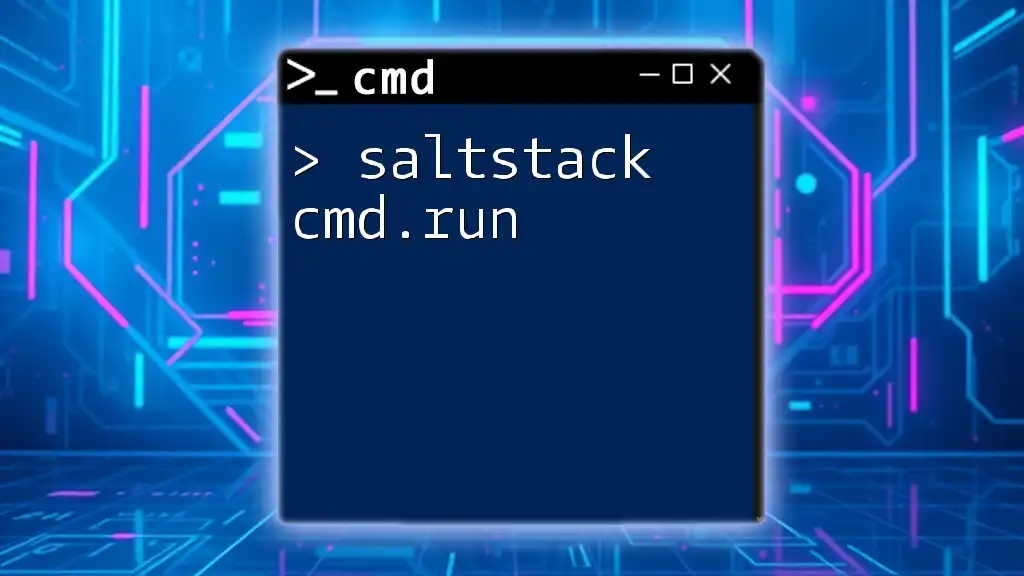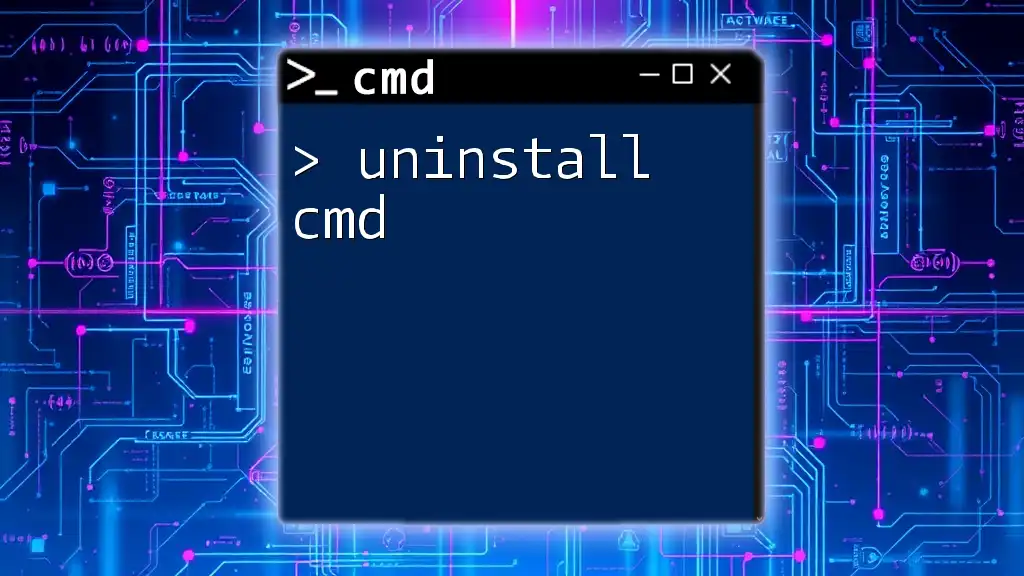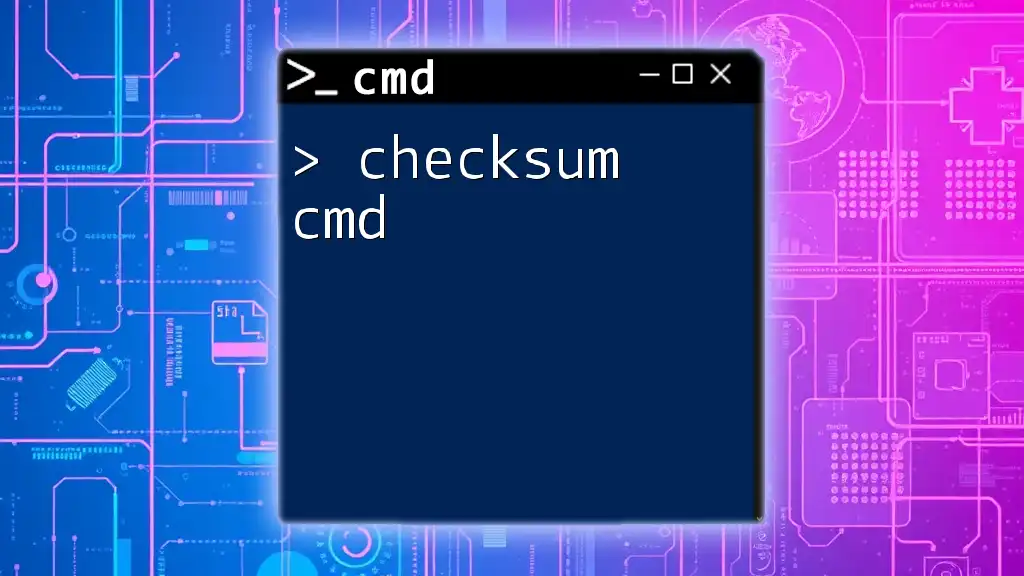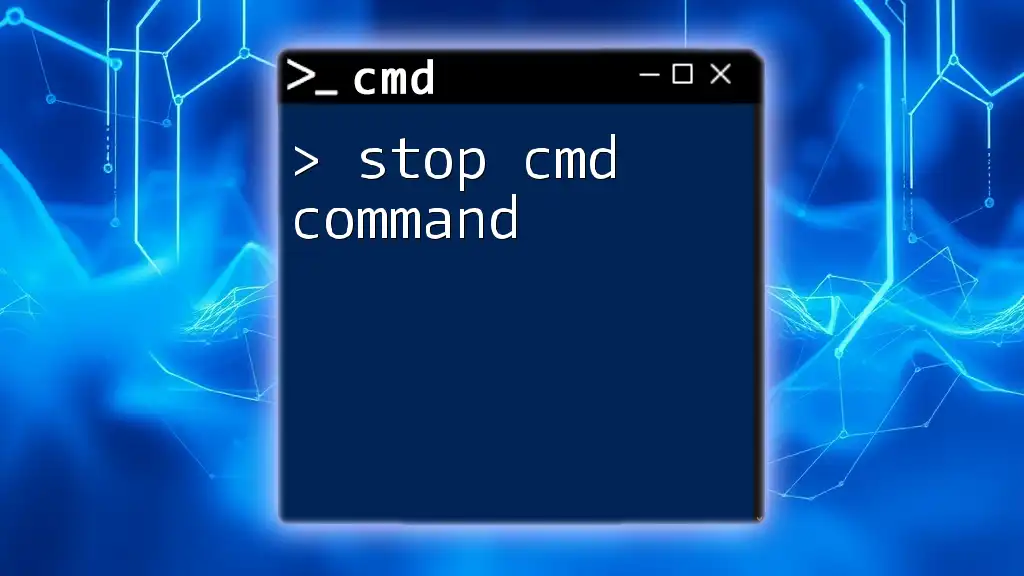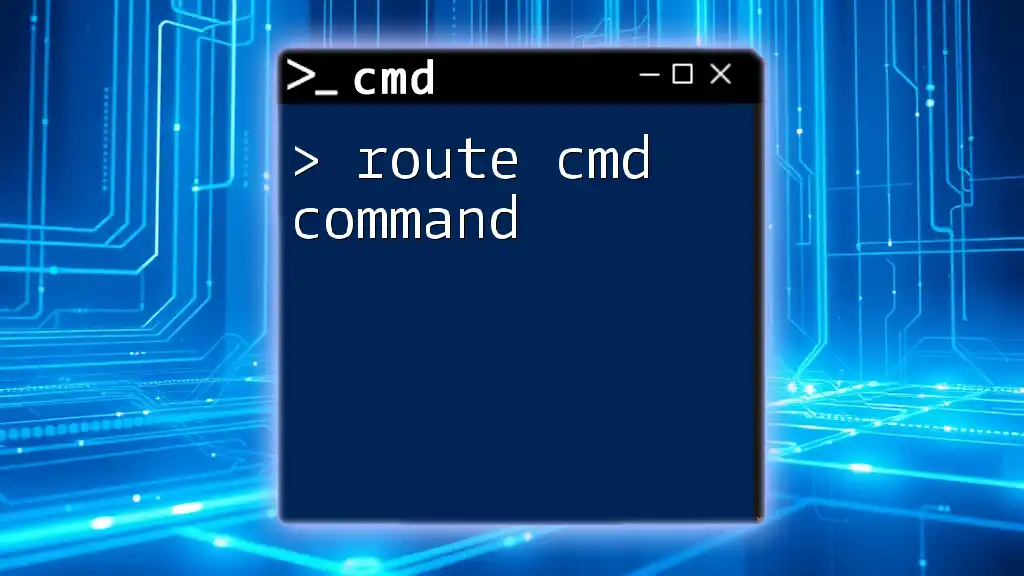SteamCMD is a command-line version of the Steam client designed for managing game server installations and updates efficiently.
steamcmd +login anonymous +force_install_dir C:\Path\To\Your\Game +app_update 740 validate +quit
What is Steam CMD?
Steam CMD is a powerful command-line tool that allows users to manage their Steam games more efficiently, especially for downloading, updating, and configuring dedicated game servers without relying on the standard Steam client. This tool is particularly advantageous for developers, server administrators, and gamers who seek to automate their game management process, streamline downloads, and use resources more effectively.
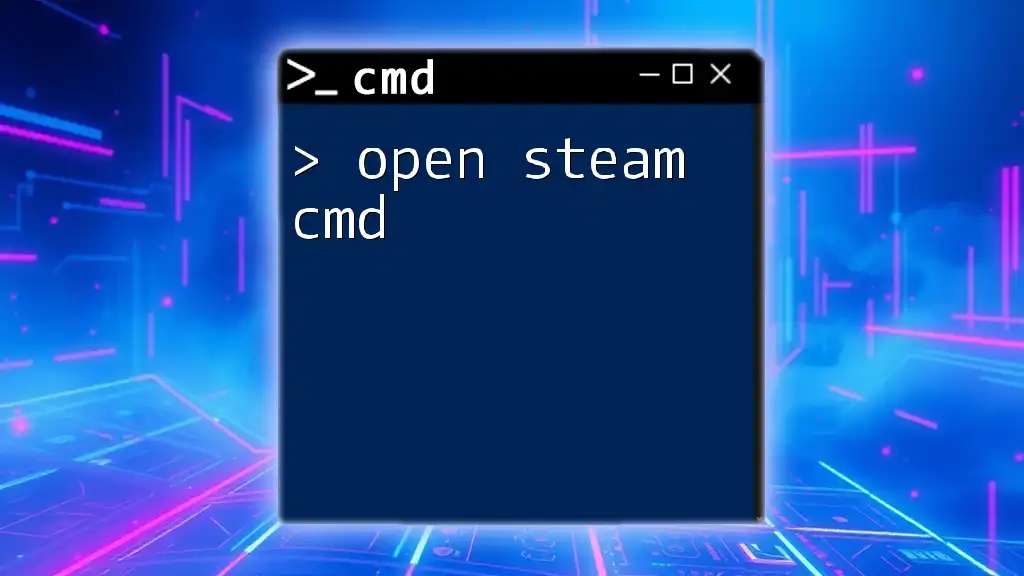
Getting Started with Steam CMD
Download and Installation
Before diving into the commands, you first need to download and install Steam CMD. Here’s how you can do it across different operating systems:
-
Downloading Steam CMD: You can download Steam CMD from the official Steam website. Look for the "SteamCMD" download section to get the latest version.
-
Installation Instructions:
- Windows: Extract the downloaded `steamcmd.zip` file to a new folder. For example, `C:\SteamCMD`.
- macOS: Open the Terminal and create a new folder for Steam CMD, then download the `steamcmd_osx.tar.gz` file and extract it into the folder you created.
- Linux: Open your terminal and run the following commands to download and install Steam CMD:
mkdir ~/SteamCMD cd ~/SteamCMD wget https://steamcdn-a.akamaihd.net/client/installer/steamcmd_linux.tar.gz tar -xvzf steamcmd_linux.tar.gz
After extraction, make sure to navigate to the Steam CMD directory to run the executable.
Basic Configuration
Setting up your environment for Steam CMD is crucial. It’s important to create a dedicated folder to avoid confusion with other files and to ensure that you have the appropriate permissions.
-
Creating a Dedicated Folder: Use the folder you created during installation (e.g., `C:\SteamCMD` or `~/SteamCMD`) for all your Steam CMD operations.
-
Adjusting File Permissions: If you are using macOS or Linux, ensure that the Steam CMD files have the correct execute permissions. You may run:
chmod +x steamcmd.sh
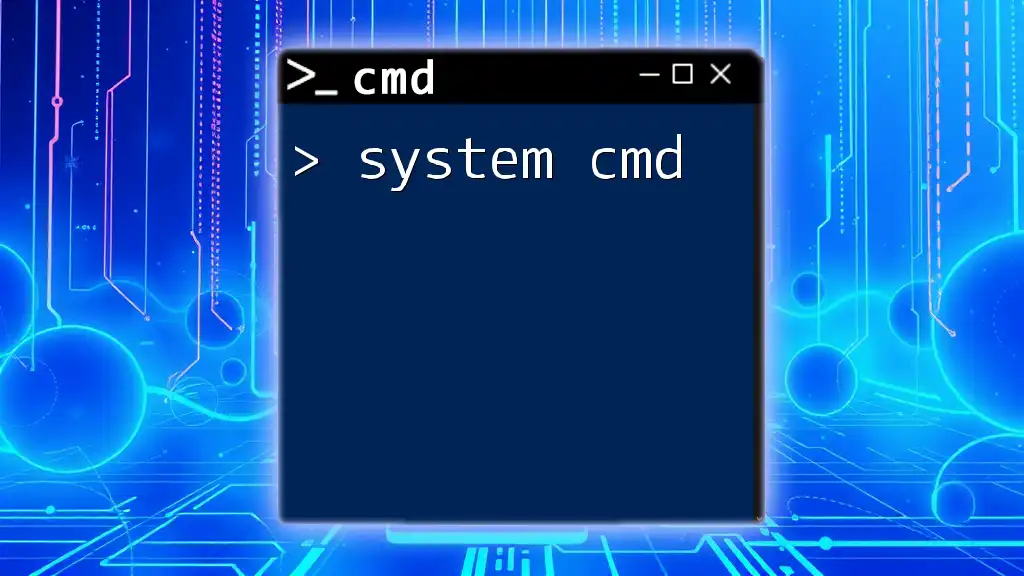
Using Steam CMD
Logging into Steam CMD
To begin using Steam CMD, you need to log in to your Steam account. This can be done in two ways:
-
Using Your Steam Account Credentials: Logging in with your Steam username and password can be done with:
login your_usernameBe cautious about using your main account, as there may be security implications.
-
Logging in Anonymously: If you're looking to download dedicated server files without needing a personal account, you can log in anonymously via:
login anonymous
Managing Game Files with Steam CMD
Understanding how to manage your game files is vital when utilizing Steam CMD. You’ll frequently be installing, updating, or uninstalling games.
Installing a Game
To install a game, you must use the app ID specific to that game. Here’s how:
app_update <appid>
You can find the app ID on websites like SteamDB. For example, if you're installing a game with an app ID of `12345`, you would use:
app_update 12345
Verifying Game Files
After installation, it’s a good practice to verify the game files to ensure everything is intact. Use the following command:
app_update <appid> validate
This ensures that any corrupt files are repaired.
Updating a Game
To update an already installed game, you can simply use the same `app_update` command:
app_update <appid>
It’ll fetch the latest files available without needing to uninstall the game first.
Uninstalling a Game
To remove a game from your system, you can easily uninstall it using:
app_uninstall <appid>
This ensures a clean removal of game data associated with the given app ID.
Managing Multiple Games
If you need to manage multiple games efficiently, Steam CMD allows batch operations.
- Batch Downloading and Updating: You can create a simple batch script for Windows or use shell scripts for macOS/Linux to automate the process:
For a Windows batch file (`update_games.bat`):
@echo off
steamcmd +login your_username +app_update 12345 +app_update 67890 +quit
For Linux, you could create a shell script (`update_games.sh`):
#!/bin/bash
steamcmd +login your_username +app_update 12345 +app_update 67890 +quit
This will sequentially update multiple games with their respective IDs.
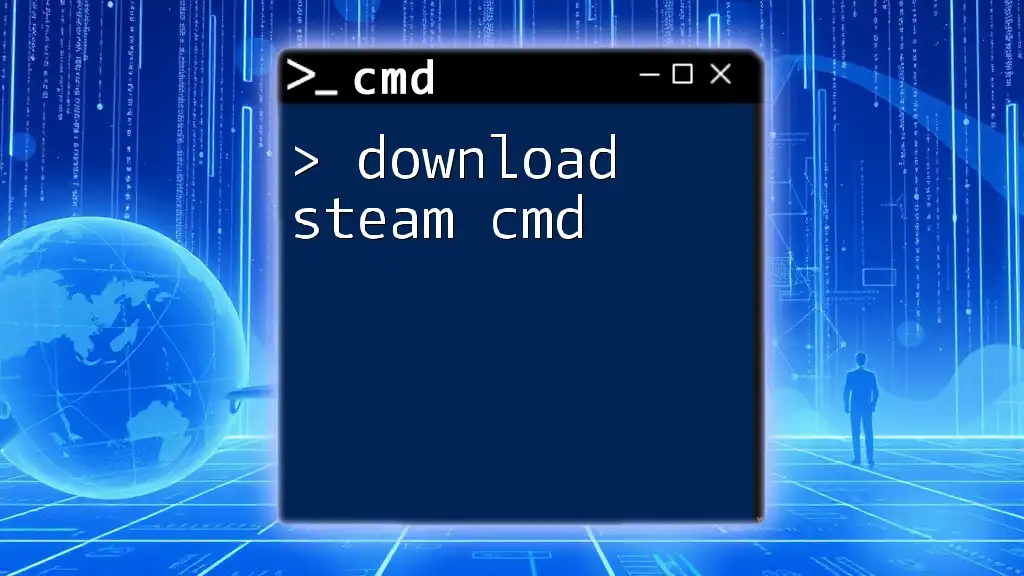
Advanced Features of Steam CMD
Scripting and Automation
One of the standout features of Steam CMD is its capability for scripting and automation. Creating scripts can significantly reduce the time spent managing your games.
- Example Script: Here's an example script to automate updating a game:
@echo off
echo "Starting game updates..."
steamcmd +login your_username +app_update 12345 validate +app_update 67890 validate +quit
echo "Updates completed!"
Creating and Managing Game Servers
Steam CMD is not just for managing local game files; it’s also essential for creating dedicated game servers.
- Setting Up a Game Server: To set up a dedicated server for a game, you’ll often start with this command structure:
app_update <appid> validate
For games like Counter-Strike: Global Offensive (CS:GO) or ARK: Survival Evolved, check the specific instructions in their communities.
- Configuring Server Settings: Most games will provide configuration files after the initial download. It’s important to adjust settings based on your server needs by editing files like `server.cfg` or similar.
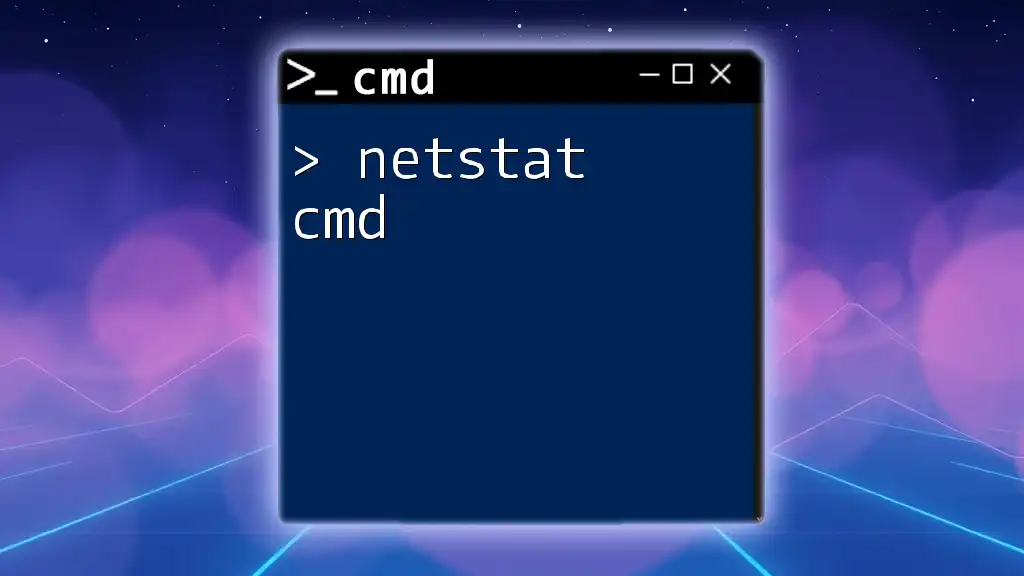
Troubleshooting Steam CMD Issues
Common Errors and Solutions
Even the best tools can run into issues. Some common problems include login issues, error messages during updates, or failed installations.
-
If you face login problems, ensure your credentials are correct. Sometimes, using an authentication app is necessary if you've enabled Steam Guard.
-
For installation or update errors, always check your internet connection, and consider verifying the integrity of the installation files.
Checking Steam CMD Logs
Steam CMD generates output logs for your operations. Accessing these logs can help diagnose issues:
- Check for logs in the Steam CMD folder, and carefully read the output they generate. Common errors will typically be documented with guidance on how to resolve them.
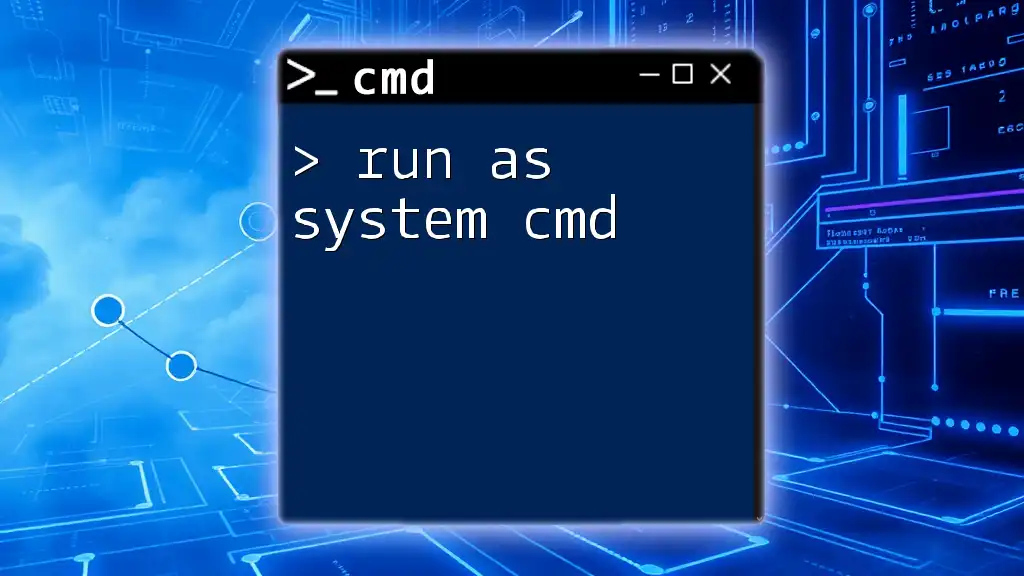
Best Practices for Using Steam CMD
To maximize your experience with Steam CMD, adhere to best practices:
-
Regularly backup your game files to avoid loss during updates or uninstalls.
-
Keep your application and scripts organized - use clear names and folder structures to easily find what you need.
-
Periodically check for game updates to ensure you’re playing the latest versions, taking advantage of new features or bug fixes.

Conclusion
Steam CMD is an invaluable tool for gamers and server administrators alike, streamlining the management of games and servers efficiently. Whether it’s for installing a game, updating files, or even managing game servers, mastering these commands will save you considerable time and effort in the long run.
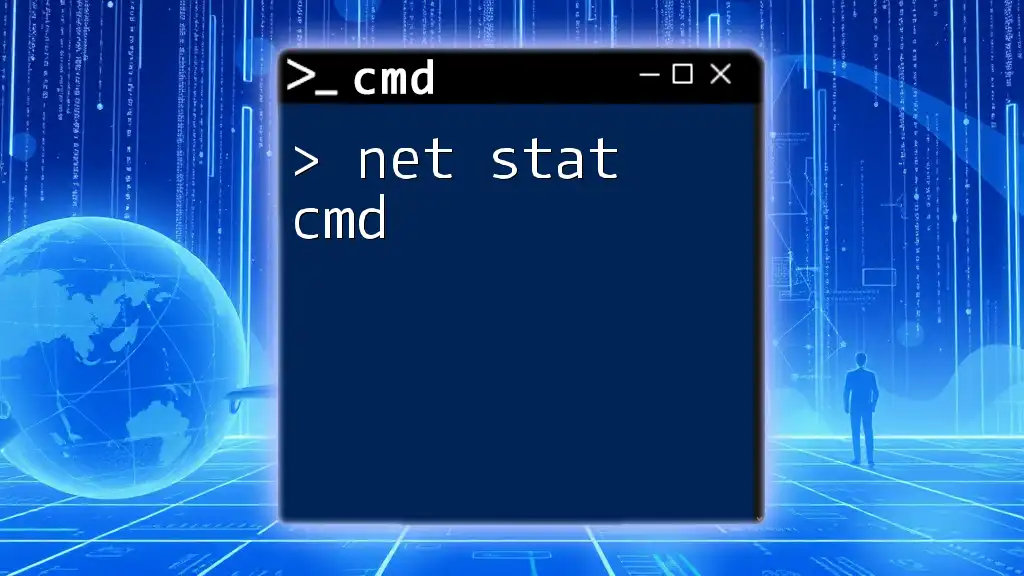
Additional Resources
For further learning, refer to the official Steam CMD documentation and explore community forums dedicated to Steam CMD for new insights and troubleshooting tips. Embracing command-line interfaces can significantly enhance your gaming management skills, opening doors to further exploration and efficiency. Happy gaming!

